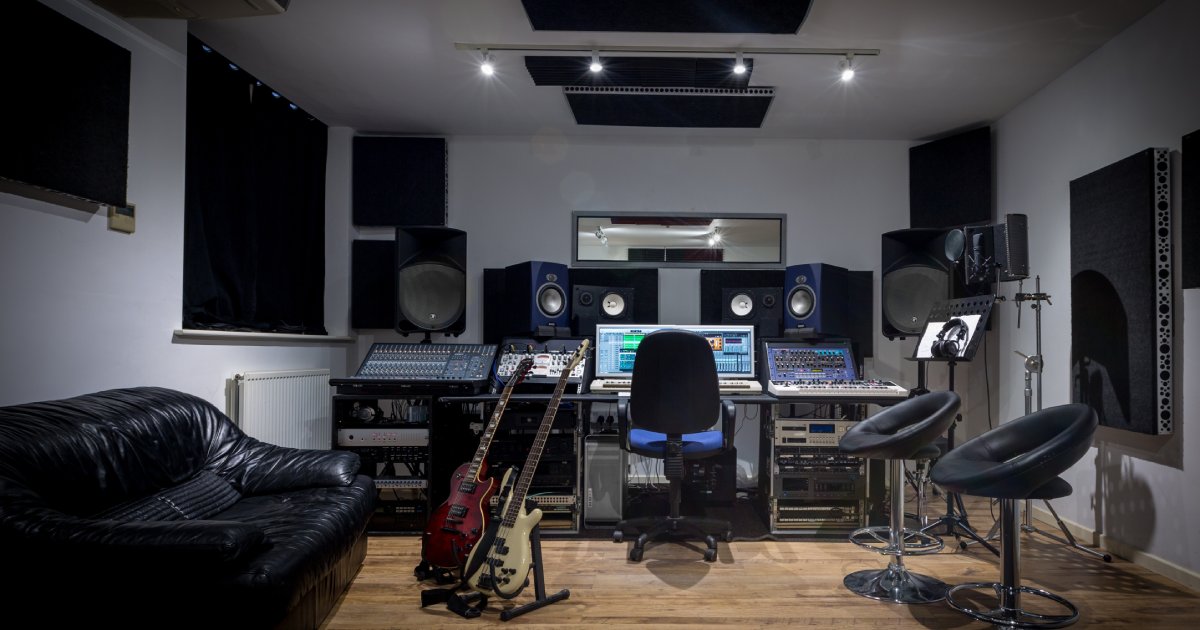Common Setbacks To Expect on a Video Production Set
Video production sets are creative battlegrounds where vision meets reality, and reality doesn’t always cooperate. Understanding the potential setbacks ahead of time transforms you from a reactive filmmaker into a strategic producer who’s ready for anything.
The difference between amateur and professional production often lies in anticipating and solving problems with grace. Learn how to expect and solve common setbacks on a video production set and equip yourself with proven strategies to keep your creative vision on track.
Technical Glitches
Equipment failures rank among the most frustrating setbacks because they strike without warning, turning a productive shoot into a waiting game. Cameras freeze during the perfect take, microphones cut out during emotional dialogue, and lighting rigs blow fuses at the worst possible moments. Smart producers know that technical issues aren’t a matter of if, but when, so they prepare accordingly with backup systems and contingency plans.
Scheduling Conflicts
Coordinating multiple moving parts in video production involves a list of potential agendas and transportation issues. Talent might get stuck in traffic, crew members could have family emergencies, and locations may suddenly become unavailable due to permit issues or double bookings.
Book talent and locations early to make your film production timeline work for everyone and avoid last-minute scrambles. Building buffer time into your schedule acknowledges the reality that creative work involves human beings with complex lives.
Unpredictable Weather
Mother Nature doesn’t care about your production schedule, and outdoor shoots are particularly vulnerable to her whims. A sudden thunderstorm may shut down filming for hours, high winds may make dialogue impossible to capture, and extreme temperatures may damage equipment or exhaust your crew. The smartest approach involves having indoor backup locations secured and being flexible enough to restructure your shooting schedule when necessary.
Last-Minute Script Changes
Script revisions on set create chaos, especially when key stakeholders suddenly realize their vision needs adjustment. Talent who spent weeks memorizing lines become flustered when handed new dialogue minutes before filming, and crew members may need to completely reconfigure lighting or camera angles to accommodate scene changes.
Clear communication becomes essential when changes are unavoidable; however, the best defense is to lock your script well before production begins. Having a designated decision-maker who quickly approves or rejects proposed changes can prevent endless rounds of revisions that drain time and energy.
Talent No-Shows or Replacements
It may feel like your entire project is crumbling in real time when your lead actor disappears or cancels at the last minute. Talent emergencies range from genuine health issues to unprofessional behavior, and each situation requires a different response strategy. The challenge intensifies when you’re dealing with specific looks, chemistry between actors, or performances that require particular skills or experience.
Building relationships with reliable talent agents and maintaining a shortlist of backup performers is project insurance. Sometimes the replacement ends up being even better than the original choice, but you’ll never know unless you have options ready to deploy.
Budget Overruns
Money has a way of disappearing faster than expected on production sets, even when you’ve planned every expense down to the last dollar. Equipment repairs, overtime pay, additional location fees, and unexpected catering costs can quickly drain your contingency fund.
The pressure to stay on budget while maintaining quality creates common setbacks on a video production set, as you may not know where to cut corners without compromising your vision. Having transparent conversations about budget constraints with your team helps everyone understand the stakes and make smarter decisions throughout the production process.
Creative Disagreements
Clashing visions between directors, producers, and clients turn collaborative creativity into a battlefield of egos and opinions. Often, these disputes arise when stakeholders have different ideas about tone, pacing, or artistic direction, and they bring production to a standstill while everyone argues about the best path forward. The challenge becomes even more complex when client feedback conflicts with creative instincts or when time pressure forces quick decisions about contested elements.
Establishing a clear creative brief and decision-making hierarchy before filming begins can prevent these conflicts from derailing your shoot. Sometimes the best solution involves finding a middle ground that satisfies everyone’s core concerns while keeping the project moving forward.
Equipment Transportation Issues
Moving heavy cameras, lights, and sound equipment between locations turns every production into a logistics puzzle that would challenge a military operation. Delicate gear gets damaged in transit, essential items get left behind, and vehicles break down while loaded with thousands of dollars worth of equipment. Planning your equipment needs for each location and allowing extra time for setup and breakdown prevents rushed decisions that lead to damaged gear or missed shots.
Location Limitations
The perfect location on paper may turn into a nightmare when reality sets in and you discover issues that weren’t apparent during initial scouting. Poor acoustics, limited electrical capacity, restrictive shooting angles, or unexpected noise from construction or traffic force major adjustments to your plans. Thorough location scouting involves testing your equipment in the actual space, taking detailed notes about potential problems, and having backup plans for lighting and sound challenges.
Crew Fatigue
Long shooting days push your team to their physical and mental limits, leading to decreased performance, safety issues, and interpersonal conflicts. Tired crew members make more mistakes, work more slowly, and become less collaborative as the day wears on. The creative energy that drives great productions quickly turns into frustration and resentment when people are exhausted, hungry, or feeling unappreciated.
Smart producers recognize that crew morale directly impacts the quality of the final product, so they invest in comfortable working conditions, regular breaks, and good catering. Treating your team with respect and consideration fosters a positive working environment that enables everyone to navigate the inevitable challenges of production.
The mark of a seasoned professional isn’t avoiding problems—it’s handling them with composure and creativity when they inevitably arise. Every production setback presents an opportunity to demonstrate your problem-solving skills, foster stronger relationships with your team, and develop more effective systems for future projects. Embrace the chaos, prepare for the unexpected, and remember that some of the most memorable creative moments happen when you’re forced to think outside the box.
Share this content:














Post Comment